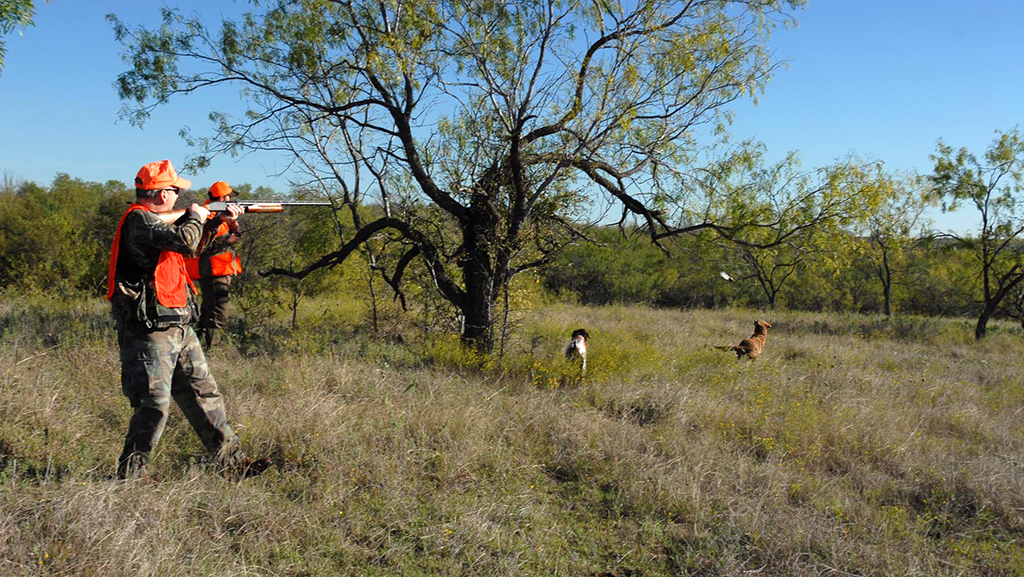by John Jefferson
My grandson told me once that he just wanted to take his hand-me-down 870 Remington 20-gauge shotgun and walk through the woods hunting game. He preferred that to sitting in a stand waiting for something to happen. I remembered having similar thoughts as a kid his age every time we passed the Lawhorn Woods southwest of Beaumont. I never got to.
I told him he described either quail or pronghorn (aka antelope) hunting. I soon arranged a quail hunt for him, his father, and me at the edge of the Hill Country. I’m not sure he had ever shot that shotgun, but he proved to be a natural.
His father and I purposely lagged behind him to give him first shots — being ever aware of where he was for safety. He shot five or six quail that day as they rose in front of his approach. We didn’t get a shot. He was exuberant! We were beamingly proud, too, as father and grandfather.
I’m glad he got to do that. Native quail are gone now from most of that area.
I received my Texas Wildlife magazine in December and was drawn to an article by my esteemed friend, Dr. Dale Rollins. He is one of the most respected quail biologist in America, founder of the Bobwhite Brigade Leadership Camps for high school kids, and founding director of the Rolling Plains Quail Research Ranch. He knows the birds.
Dr. Rollins and I share a love for our dogs, and a lasting grief when one has made its last hunt. His article, dark as it was, perhaps had been influenced by the recent passing of two friends. He alluded to that in the piece. I understand. Larry Bozka, a cherished writer/friend with whom I have ridden many a trail, took off his boots in Heaven last week.
Rollins is a realist. He has watched the decline of bobwhites as closely as anyone. It’s real. But he views the future with perhaps an age-induced impatience, although he’s a young’un compared to some of us. As the “days dwindle down,” we who have seen many moonrises all hope for better days and do our part to hasten their return. Rollins has certainly done his part. But his article forecast the location of the final sustainable population of wild quail. To me, it almost read like a eulogy. It appears that he looks at the current three-year drought as the bobs’ last stand. He may be right.
However, I may be the only observer of the drought of the fifties still pounding computer keys. It lasted SEVEN awful years. We’re only in our third year of insufficient rainfall, although the quail decline began before this rain-lack began. Tolling the bells for quail could be premature.
Although this drought could outlast the one in the fifties, looking at past cycles, I believe lakes and ponds will fill again. And rain will kick-start a quail comeback.
Maybe you’ll see it. I hope Dr. Rollins does, too.
JJ





